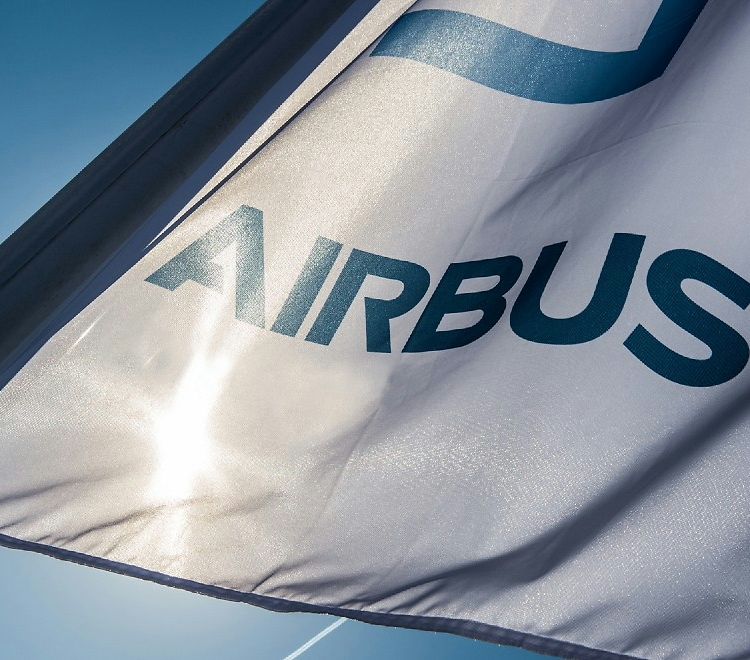Trips per capita leading the world, tourism and consumer spending powering growth
The passenger aircraft fleet above 100 seats serving Australia, New Zealand and the South Pacific region is set to increase by more than 600 aircraft, almost doubling in the next 20 years from a fleet of some 750 to over 1,350 aircraft by 2036, according to Airbus’ latest market forecast.
Some 360 of this larger fleet will be single aisle and 250 will be twin aisles including 50 aircraft with 400 or more seats. Today, widebody aircraft like the A380, A330 and A350 deliver around 70% of traffic to and from the region and by 2036, will continue to play a key role. This growth will generate a corresponding need for over 12,000 new pilots and over 13,000 new maintenance engineers and provides Airbus’ global services business a catalyst to grow. Airbus has expanded its global network of training locations from five to 16 in the space of three years
Characterised by large distances and island states with a reliance on air transportation the Australia South Pacific inter regional growth will match the world average 4.4% per year, outstripping other advanced aviation markets such as the US, Japan and Europe averaging 3.7% growth. The region enjoys some of the world’s highest propensity to travel with New Zealand leading on 5.6 and Australia on 4.9 trips per capita by 2036, compared to the US at 2.5, China 1.3 and India at 0.4 trips per capita.
The region’s economy is set to almost double its size to US$2.7 trillion by 2036, and its population to increase by 25% from 40 to 50 million in 20 years. Combined with an additional 11 million people who can be defined as middle class, representing 95% of the population by 2036, these drivers will continue to stimulate growth of the region’s air traffic. Australian outbound traffic for example has more than trebled since 1995. In New Zealand, both inbound and outbound tourism combined has doubled every 10 years since 1995.
A relaxation of border procedures notably with China and India has led to inbound tourism from China tripling in the last 10 years and tourism from India growing at 12% per year.
Main points for Australia New Zealand South Pacific:
- 62 million additional seats on flights to/from/within the Pacific since 1996
- World’s highest propensity to travel: New Zealand 5.6 and Australian 4.9 trips per capita by 2036
- Aviation mega cities today: Three (Melbourne, Sydney, Auckland) will grow to five (with the addition of Perth and Brisbane by 2036)
- Passengers to Australia’s top five cities to double from 90 to 180 million passengers by 2036
- Passengers to New Zealand top three cities will nearly double to 38 million by 2036
- 70% of Pacific traffic growth originates in the region as domestic traffic or to and from Asia
- The highest passenger traffic growth flows:
- Domestic Pacific which will double to some 140 million passengers
- Asia Emerging to/from Pacific almost tripling to 26 million passengers
- Asia Developed to/from Pacific doubling to 18 million passengers
Globally, in the next 20 years, traffic is set to grow annually at 4.4% requiring a need for 34,170 passenger and 730 freighter aircraft worth a combined total of US$5.3 trillion. Over 70% of new units are single aisle with 60% for growth and 40% for replacement. By 2036, the world’s commercial aviation fleet will grow to more than 40,000 aircraft.
Note to editors:
The Airbus Global Market Forecast gives a detailed analysis of world air transport developments, covering more than 200 distinct passenger and freight traffic flows, as well as a year-by-year fleet evolution of the world’s aircraft operators, through fleet analysis of nearly 800 passenger airlines and 200 freighter operators over the next 20 years. In doing so, the forecast covers aircraft demand from the regional market over 100 seats to the very largest aircraft available, the A380 today.
Your media contacts
Contact us
